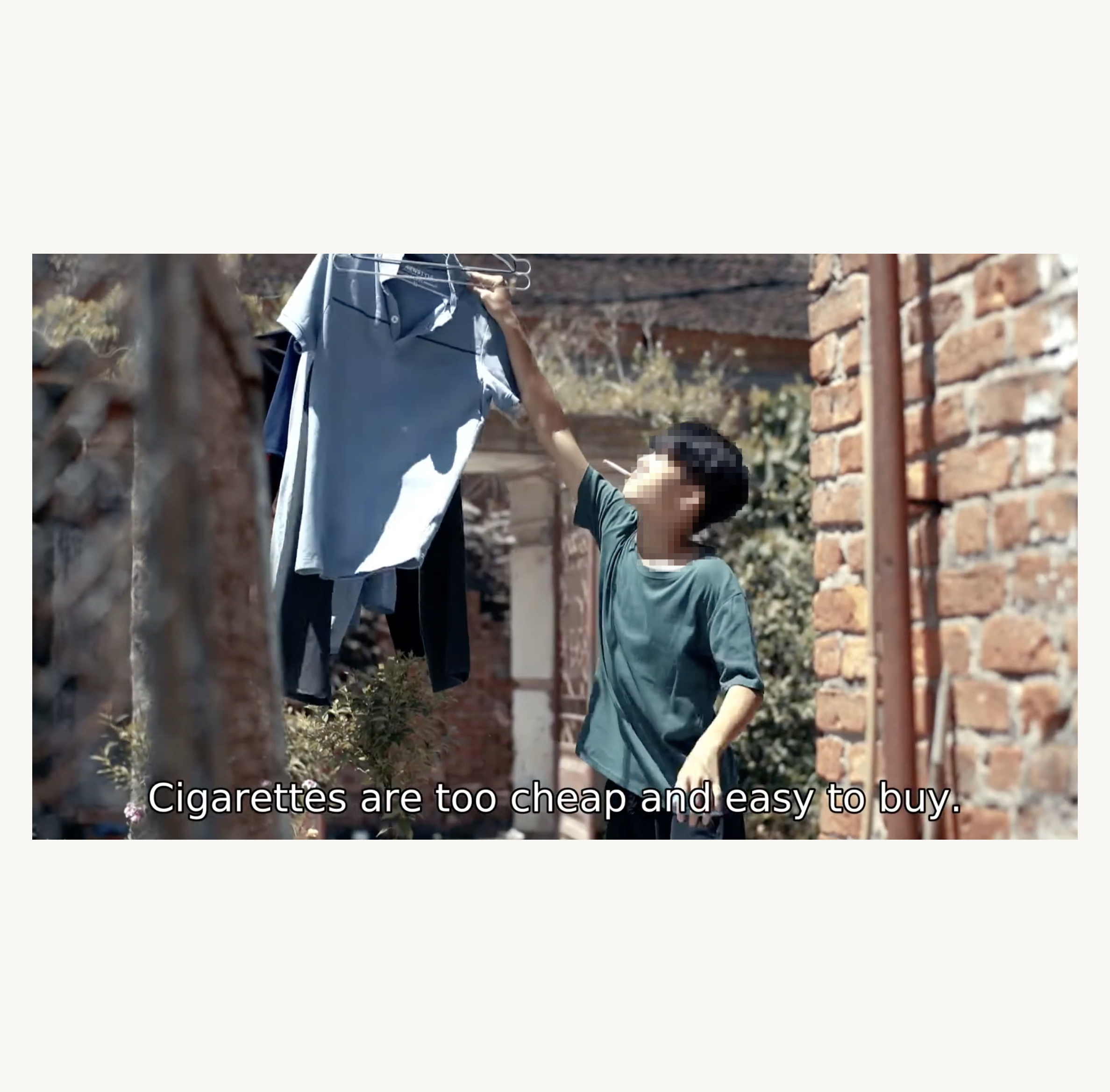References
Media campaigns map:
WHO report on the global tobacco epidemic 2021: addressing new and emerging products. Geneva: World Health Organization; 2021. Licence: CC BY-NC-SA 3.0 IGO.
Real Cost campaign:
US Food and Drug Administration. Website: https://www.fda.gov/tobacco-products/public-health-education-campaigns/real-cost-campaign.
Smoking repentance campaign:
Vital Strategies, “Smoking repentance” campaign from this case study: https://www.vitalstrategies.org/wp-content/uploads/Vital-Strategies-Tobacco-Control-Case-Study_Turkey.pdf.
Media campaigns map:
WHO report on the global tobacco epidemic 2021: addressing new and emerging products. Geneva: World Health Organization; 2021. Licence: CC BY-NC-SA 3.0 IGO.
Real Cost campaign:
US Food and Drug Administration. Website: https://www.fda.gov/tobacco-products/public-health-education-campaigns/real-cost-campaign.
Smoking repentance campaign:
Vital Strategies, “Smoking repentance” campaign from this case study: https://www.vitalstrategies.org/wp-content/uploads/Vital-Strategies-Tobacco-Control-Case-Study_Turkey.pdf.






